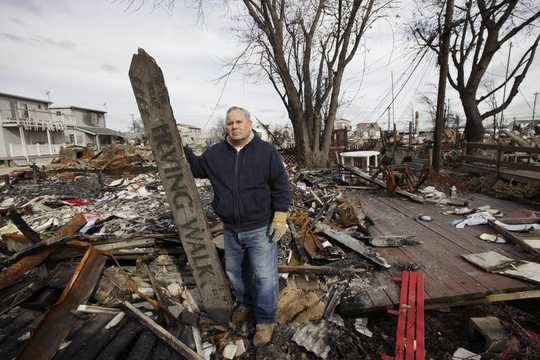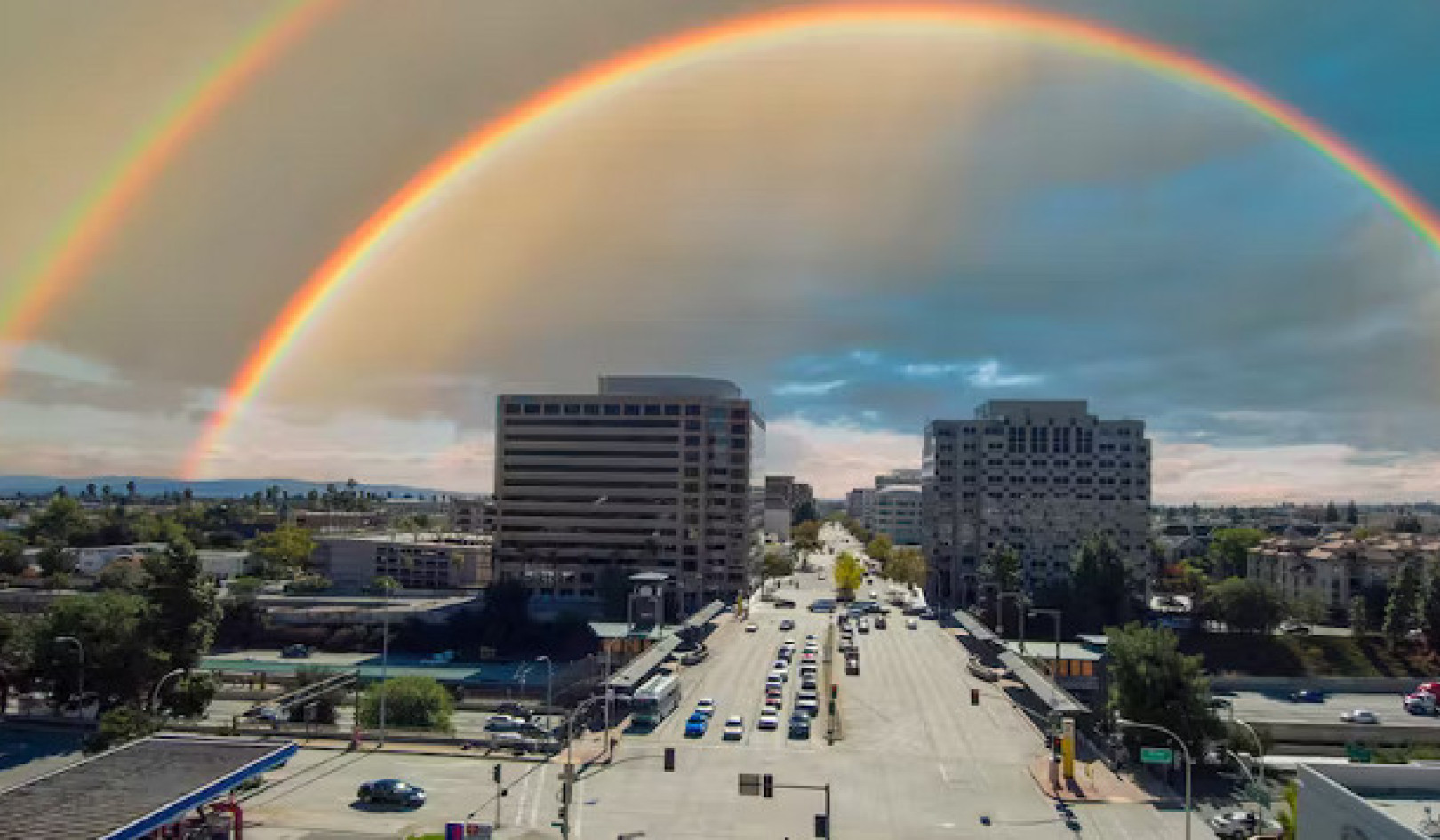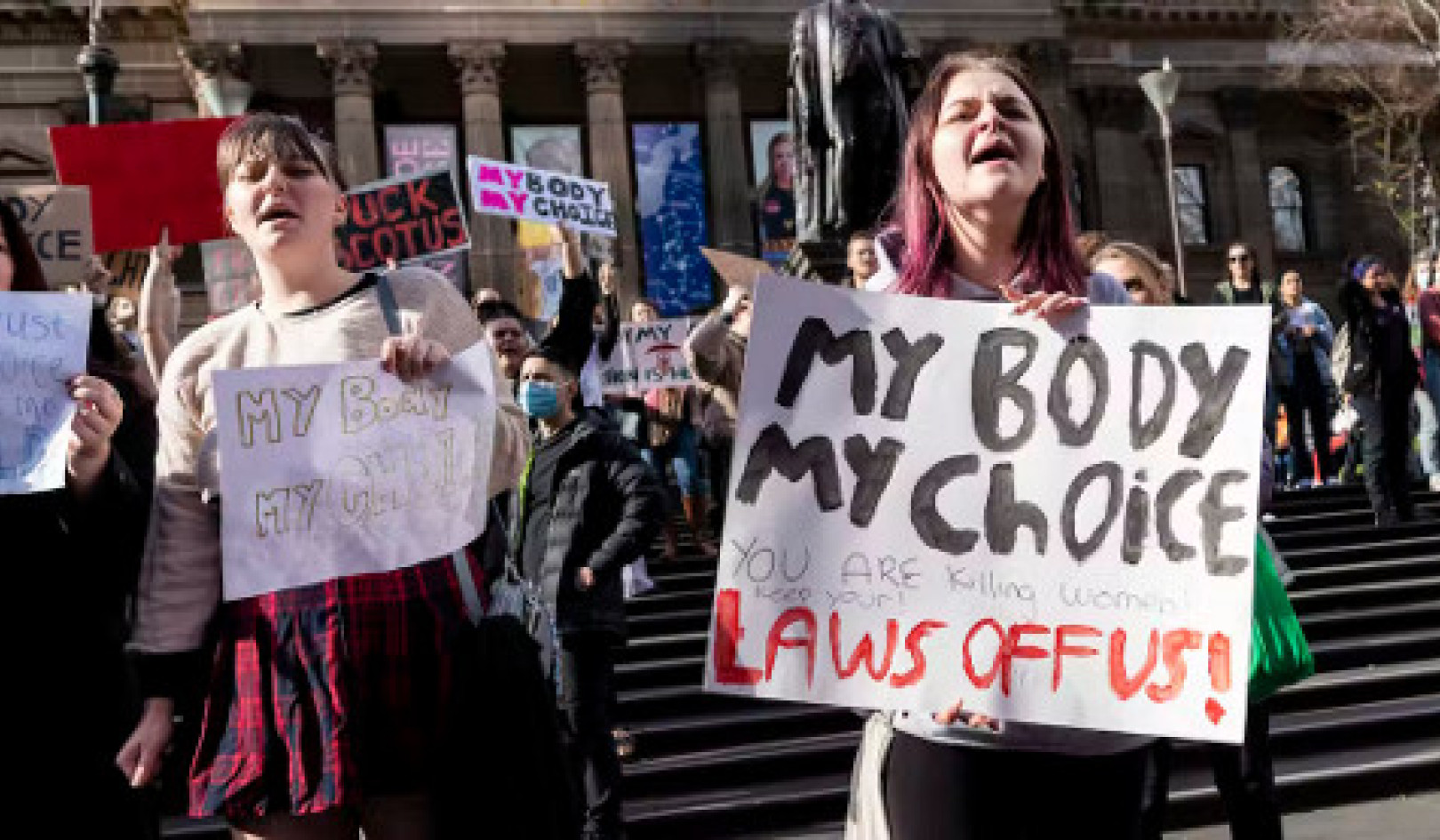
|A house in western New York during the ‘Snowvember’ snowstorm of 2014. Duane Warren, CC BY-ND
In the past seven years, four major disasters have caused serious disruptions in the Northeast and Midwest United States. Hurricane Sandy slammed into New York City in 2012, inflicting nearly US$11 billion in damage to buildings. In 2014, a storm dubbed “Snowvember” dropped more than seven feet of snow in western New York. Three years later, historic flooding along Lake Ontario inundated numerous homes and businesses. And severe storms in the Susquehanna River watershed in 2018 caused more than $1 billion in damage.
As Earth’s climate changes, the frequency, intensity and duration of these extreme weather events is expected to increase. At the University at Buffalo, I lead a laboratory that studies climate change and buildings. Our research shows that the U.S. building stock may not be prepared for future climate-related storms and flooding.
Another challenge is that buildings consume a lot of energy, which accelerates climate change. Organizations like Architecture 2030, a professional alliance that promotes sustainable design, point out that buildings contribute nearly 40% of global greenhouse gas emissions, and are an important target for carbon reduction programs.
To this end, our lab focuses on the intersection of energy efficiency, renewable energy and adaptation to climate change. We recently completed a multi-year study outlining how climate change is affecting New York State’s building sector and potential strategies to adapt buildings to a changing climate. Encouragingly, we found that Americans can protect themselves from extreme weather and reduce buildings’ contribution to climate change at the same time.

Hurricane Sandy cost New York nearly $11 billion in damage in 2012. A storm-related fire destroyed more than 100 homes in Breezy Point, Queens. AP Photo/Mark Lennihan
Top threats: Hurricanes and flooding
Hurricanes were the costliest events to hit New York state in the past half-century, accounting for $25.7 billion in damage from 1960 through 2014. A large portion of that total was attributable to Hurricane Sandy.
Flooding ranked second in total damage. In addition, from 1960 through 2014, every county in New York suffered at least one flood that caused damage to buildings. Floods also caused the highest per-event property damage and a higher-than-expected share of damage costs.
Our data also showed that severe storms were the most frequent event, but accounted for only 16.8% of total damage statewide. Winter storms were the most economically significant hazard event in the regions surrounding Lakes Ontario and Erie, causing the highest per-event property damage in places like Rochester and Buffalo.
We also examined other climate-related hazards like pest infestations, extreme heat, sea level rise and wildfires. It was difficult to assess their economic impacts due to a lack of reliable data. However, research shows that these hazards could have serious financial implications for the built environment in a climate-altered future.
Our most important finding was that climate-related disasters disproportionately hurt regions that lacked large cities, such as the Adirondacks and New York state’s Southern Tier across its border with Pennsylvania. These rural zones may lack the human and financial resources to prepare for or to recover from storms.
Flood control around the Great Lakes is complicated because lowering water levels in one part of the system raises them elsewhere.
{vembed Y=zfflZfI6ISM}
Making buildings more resilient
We interviewed more than 40 architects, engineers, planners and government officials in the northeastern United States to understand how they were preparing. The majority of building-related professionals assumed that future weather conditions would resemble the past. But trends in the data show that this is not the case.
In our opinion, architects and engineers will need to reevaluate their standard practices for designing, constructing and operating buildings. This can reduce the negative impacts of climate-related hazards like hurricanes, flooding and heat waves.
For example, after Hurricane Sandy the Federal Emergency Management Agency sent a team to New York and New Jersey to evaluate building damage and recommend changes to engineering codes and standards to minimize future damage. One of their recommendations – elevating buildings above the base flood elevation – has been incorporated into the New York City Climate Resiliency Design Guidelines.
Raising the first floor of a building isn’t the only way to protect it from high water. Another strategy that is being incorporated into buildings across New York state is wet floodproofing, an approach that allows floodwater to enter a structure without causing damage. This requires firmly anchoring a building to the ground, using flood-resistant materials in areas that will be underwater, protecting mechanical and utility equipment and using openings to let floodwater escape.
Although hurricanes and flooding cause significant damage to structures, we can’t ignore the human impacts. Heat waves kill more than 600 people every year in the United States. Often these deaths are associated with power losses that shut off critical air-conditioning systems. Rethinking the design of building walls and roofs to protect occupants – an approach called “passive survivability” – can help maintain critical life-support conditions during an extreme heat event.
These resilience strategies can easily be applied to new buildings. They should also be considered as retrofits for existing buildings where people may shelter in place during extreme weather, such as community centers.
Amherst, Niagara Falls have also announced the opening of cooling centers ahead of the expected heat wave this weekend. Here's a list of cooling centers across Western New York. https://t.co/okZmzg1pB5
— WGRZ (@WGRZ) July 18, 2019
How will architects and builders respond?
Our Climate Resilience Strategies for Buildings in New York State report builds on other documents from green building organizations that focus on preparing for extreme weather events. Still, many questions remain – for example, how to find the resources to prepare existing buildings for climate change, how to prioritize investments and how to train future architects and engineers to tackle this important issue.
At the University at Buffalo, we have offered several design studios that explored how building designs must change. This experience has helped prepare future architects for a reality that may reshape their careers.
But research and teaching alone won’t solve the problem. Professional architecture and engineering organizations need to modify policies that don’t currently reflect the realities of climate change. They can accomplish this by changing their sample contract documents, rating systems and design standards to propel the field forward. Leadership from the professions can help convert recent research on climate change and the building sector into badly needed action.
About The Author
Nicholas Rajkovich, Assistant Professor of Architecture, University at Buffalo, The State University of New York
This article is republished from The Conversation under a Creative Commons license. Read the original article.
Related Books
Climate Adaptation Finance and Investment in California
by Jesse M. Keenan This book serves as a guide for local governments and private enterprises as they navigate the unchartered waters of investing in climate change adaptation and resilience. This book serves not only as a resource guide for identifying potential funding sources but also as a roadmap for asset management and public finance processes. It highlights practical synergies between funding mechanisms, as well as the conflicts that may arise between varying interests and strategies. While the main focus of this work is on the State of California, this book offers broader insights for how states, local governments and private enterprises can take those critical first steps in investing in society’s collective adaptation to climate change. Available On Amazon
This book serves as a guide for local governments and private enterprises as they navigate the unchartered waters of investing in climate change adaptation and resilience. This book serves not only as a resource guide for identifying potential funding sources but also as a roadmap for asset management and public finance processes. It highlights practical synergies between funding mechanisms, as well as the conflicts that may arise between varying interests and strategies. While the main focus of this work is on the State of California, this book offers broader insights for how states, local governments and private enterprises can take those critical first steps in investing in society’s collective adaptation to climate change. Available On Amazon
Nature-Based Solutions to Climate Change Adaptation in Urban Areas: Linkages between Science, Policy and Practice
by Nadja Kabisch, Horst Korn, Jutta Stadler, Aletta Bonn This open access book brings together research findings and experiences from science, policy and practice to highlight and debate the importance of nature-based solutions to climate change adaptation in urban areas. Emphasis is given to the potential of nature-based approaches to create multiple-benefits for society.
This open access book brings together research findings and experiences from science, policy and practice to highlight and debate the importance of nature-based solutions to climate change adaptation in urban areas. Emphasis is given to the potential of nature-based approaches to create multiple-benefits for society.
The expert contributions present recommendations for creating synergies between ongoing policy processes, scientific programmes and practical implementation of climate change and nature conservation measures in global urban areas. Available On Amazon
A Critical Approach to Climate Change Adaptation: Discourses, Policies and Practices
by Silja Klepp, Libertad Chavez-Rodriguez This edited volume brings together critical research on climate change adaptation discourses, policies, and practices from a multi-disciplinary perspective. Drawing on examples from countries including Colombia, Mexico, Canada, Germany, Russia, Tanzania, Indonesia, and the Pacific Islands, the chapters describe how adaptation measures are interpreted, transformed, and implemented at grassroots level and how these measures are changing or interfering with power relations, legal pluralismm and local (ecological) knowledge. As a whole, the book challenges established perspectives of climate change adaptation by taking into account issues of cultural diversity, environmental justicem and human rights, as well as feminist or intersectional approaches. This innovative approach allows for analyses of the new configurations of knowledge and power that are evolving in the name of climate change adaptation. Available On Amazon
This edited volume brings together critical research on climate change adaptation discourses, policies, and practices from a multi-disciplinary perspective. Drawing on examples from countries including Colombia, Mexico, Canada, Germany, Russia, Tanzania, Indonesia, and the Pacific Islands, the chapters describe how adaptation measures are interpreted, transformed, and implemented at grassroots level and how these measures are changing or interfering with power relations, legal pluralismm and local (ecological) knowledge. As a whole, the book challenges established perspectives of climate change adaptation by taking into account issues of cultural diversity, environmental justicem and human rights, as well as feminist or intersectional approaches. This innovative approach allows for analyses of the new configurations of knowledge and power that are evolving in the name of climate change adaptation. Available On Amazon
From The Publisher:
Purchases on Amazon go to defray the cost of bringing you InnerSelf.comelf.com, MightyNatural.com, and ClimateImpactNews.com at no cost and without advertisers that track your browsing habits. Even if you click on a link but don't buy these selected products, anything else you buy in that same visit on Amazon pays us a small commission. There is no additional cost to you, so please contribute to the effort. You can also use this link to use to Amazon at any time so you can help support our efforts.
























